Petroleum is intricately linked to our lives. Besides the well-known energy sources like gasoline, diesel, and liquefied petroleum gas, many everyday plastic products and clothing are also closely related to petroleum. However, transforming crude oil into these products is not an easy task. Crude oil needs to undergo cracking and reassembly, processes that require a substantial amount of energy. Therefore, petrochemical companies often establish their own power plants to meet the energy needs of their production lines.
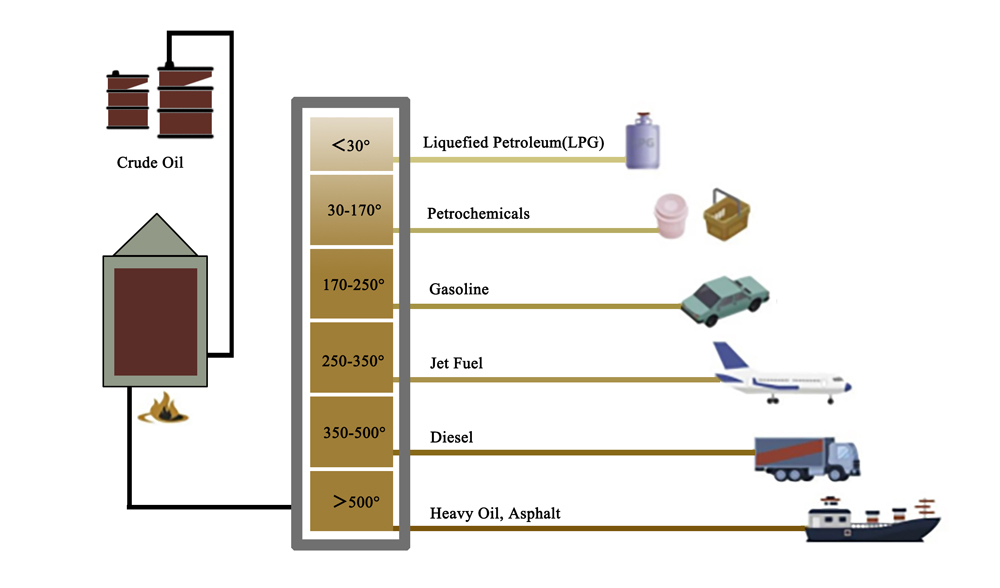
During the production operations of thermal power plants, a large amount of industrial exhaust gas is generated. If these gases are released into the atmosphere untreated, they interact with other gases and particles, forming acid rain, fine particulate matter (PM2.5), etc., causing significant damage to air quality and the ecosystem.
Petrochemical companies place great importance on the construction of flue gas purification lines. For the desulfurization process, they choose efficient wet flue gas desulfurization technology. Sulfur-containing flue gas enters the desulfurization tower, where it reacts chemically with a calcium carbonate solution and air blown in by blowers. Through absorption, neutralization, oxidation, and crystallization steps, the flue gas desulfurization is completed and the gas moves to the next purification stage.
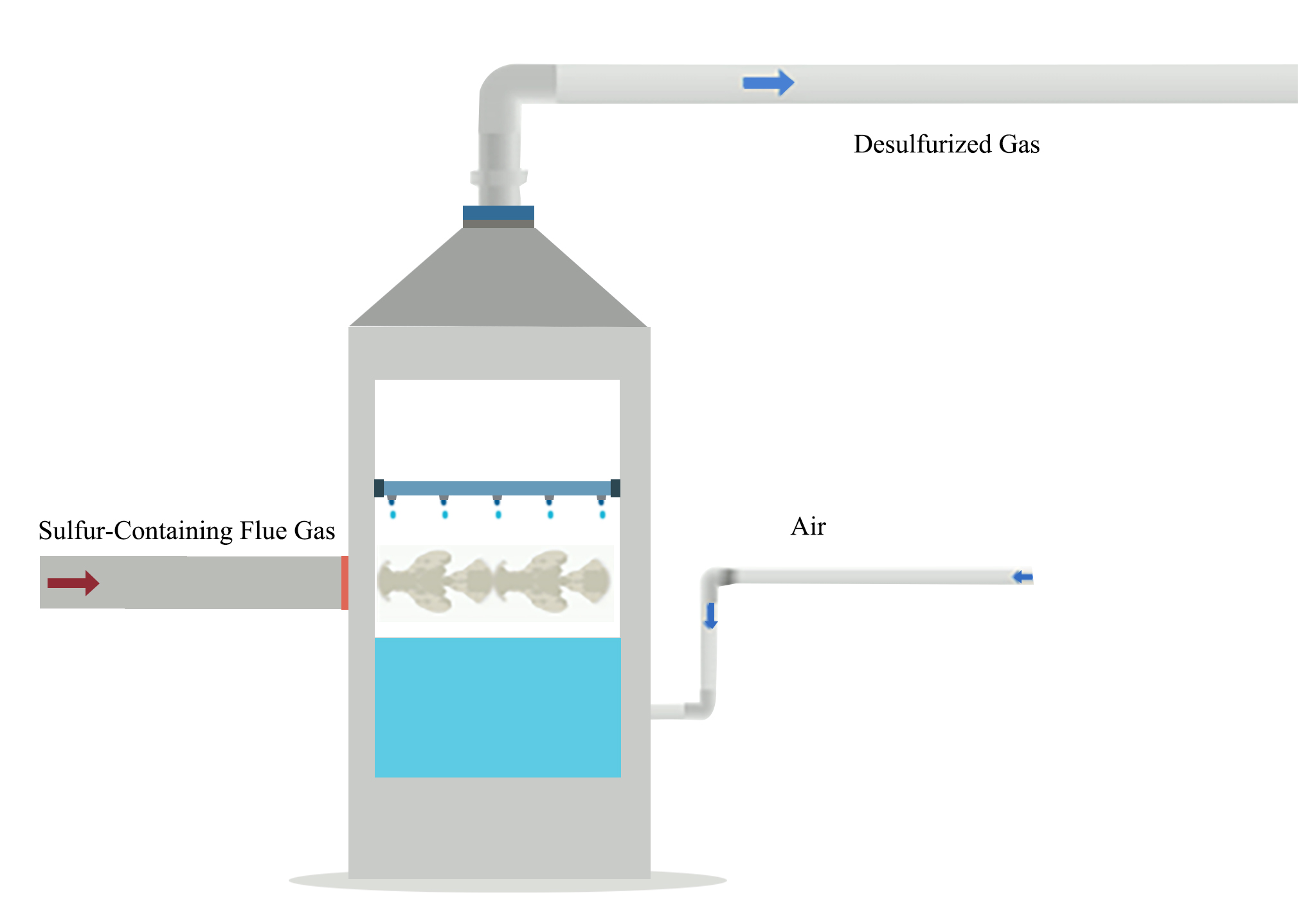
To achieve energy savings and efficiency improvements, the company upgraded the high-energy-consuming blower equipment used in the desulfurization process. Previously, two 185 kW Roots blowers were used. These devices had low efficiency, high power consumption, and were old, with high failure rates and increasing maintenance costs. After detailed investigation and research, the company chose to replace them with Marwell magnetic bearing blowers, known for their "high efficiency and energy savings," "low noise and vibration," and "easy maintenance."
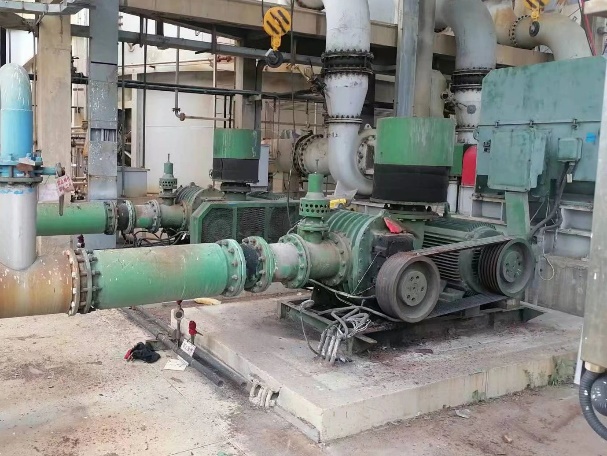
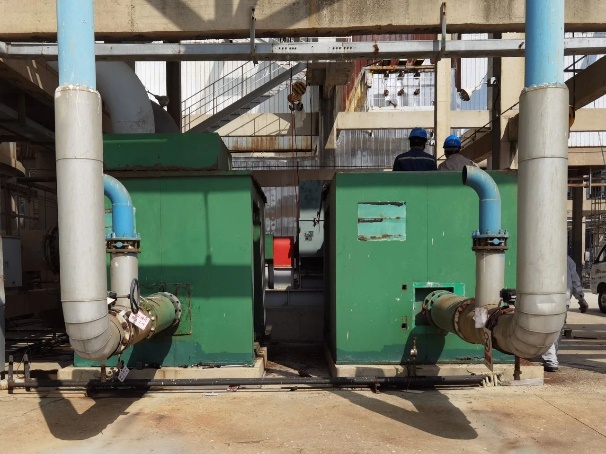
Upon receiving the customer’s requirements, the Marwell technical team conducted an in-depth on-site investigation and, considering the actual operating conditions, selected two 150 kW magnetic bearing blowers to replace the old equipment.
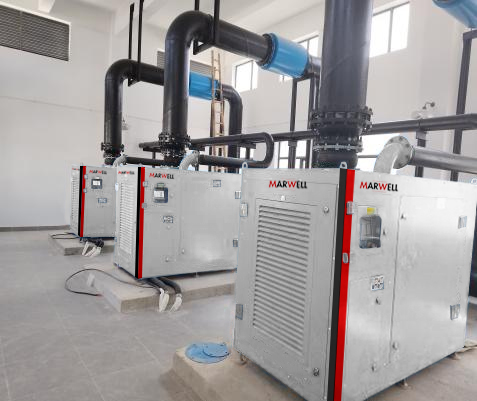
Field measurements showed that the original Roots blowers operated at 127 kW. Under the same conditions, the Marwell magnetic bearing blowers operated at 77 kW, demonstrating significant energy savings. The equipment achieved a power-saving rate of 39.4%. The annual electricity savings for the two pieces of equipment amount to 800,000 kW·h, with an estimated annual cost saving of $52,857.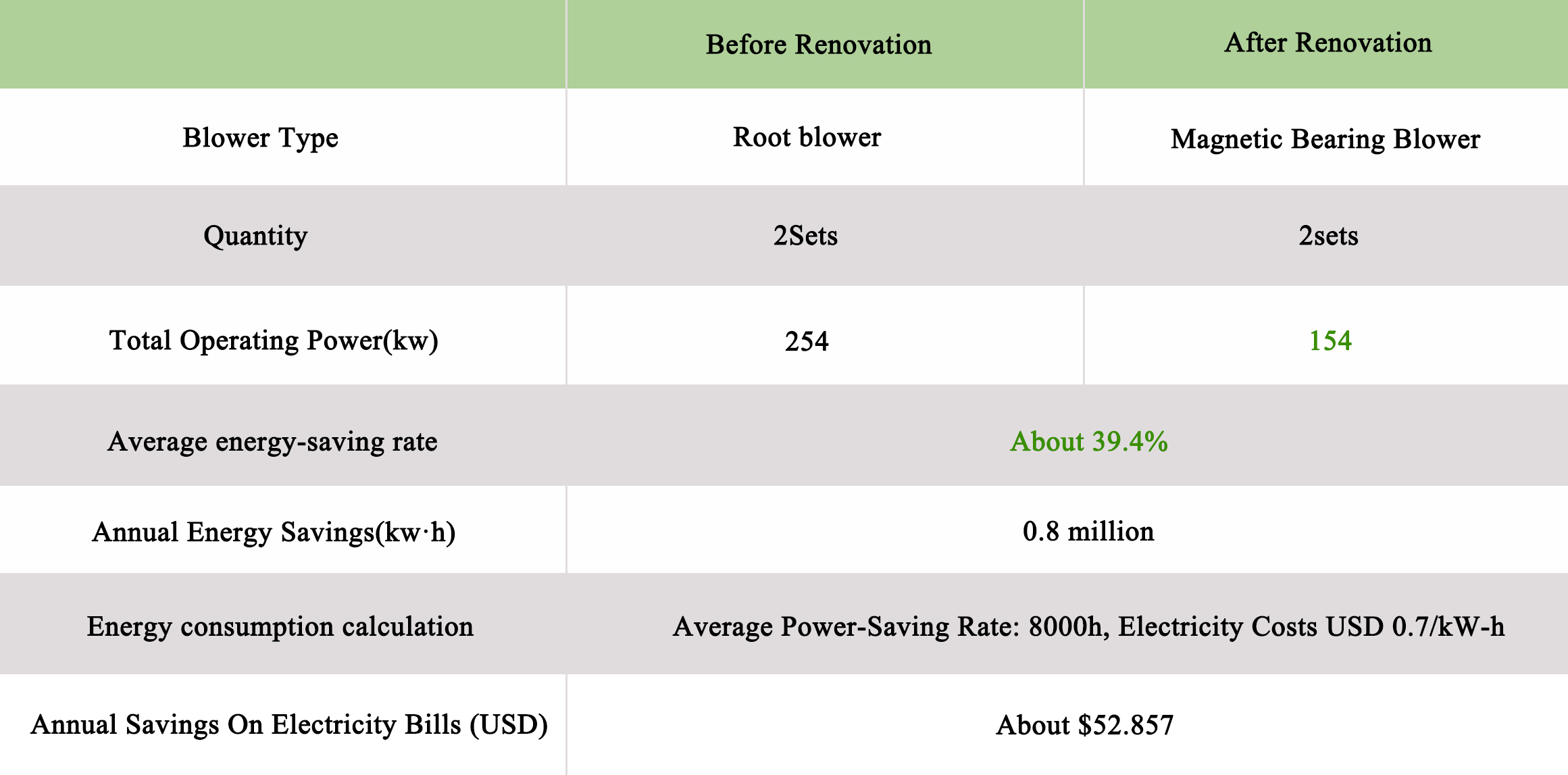
Marwell magnetic bearing blowers have low vibration and low noise, which reduces energy loss and improves the efficiency of flue gas desulfurization. The equipment helps clients significantly lower their operating costs, achieve energy savings and efficiency, and has received widespread recognition and praise from customers.